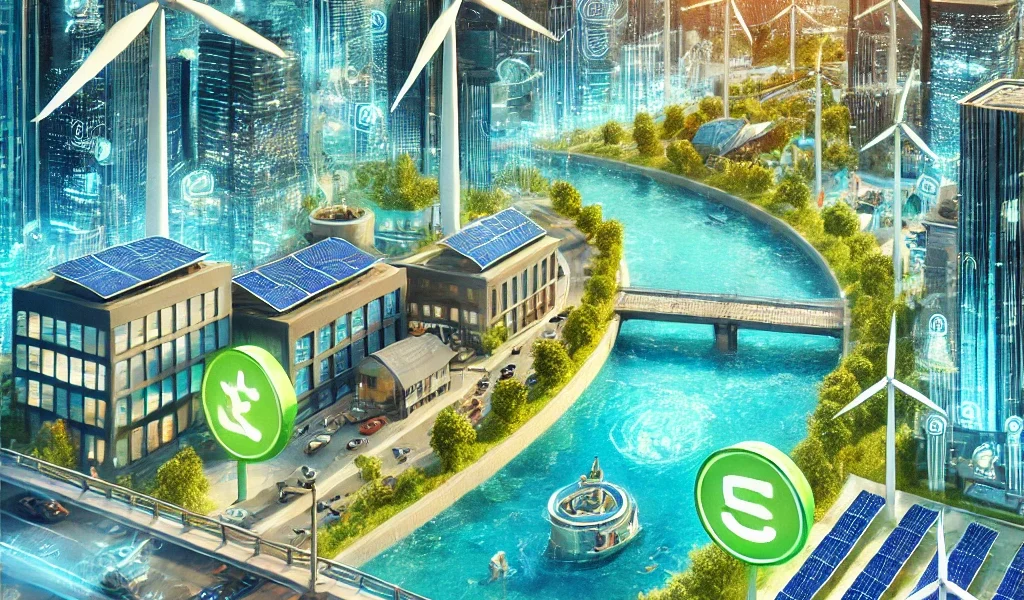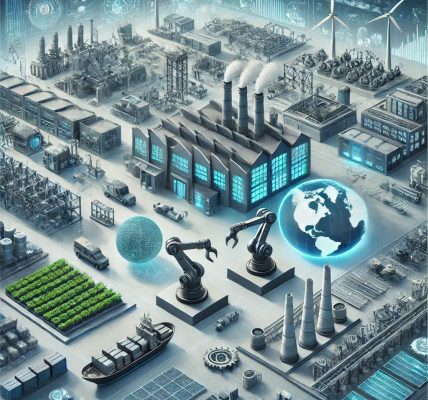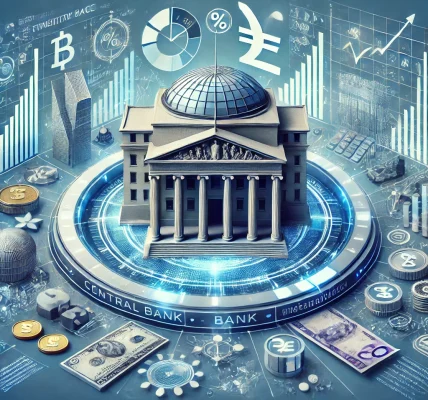Introduction
Green energy is increasingly becoming a cornerstone of modern economies, contributing to sustainable development while reducing dependence on fossil fuels. Governments and businesses worldwide are investing heavily in renewable energy sources like solar, wind, hydro, and biomass. The transition towards green energy presents significant economic opportunities but also comes with challenges that must be addressed to ensure long-term growth. In this blog, we will explore how green energy drives economic growth, the potential benefits it offers, and the obstacles that must be overcome for a sustainable future.
The Economic Impact of Green Energy
Green energy contributes to economic growth in several ways, including job creation, investment opportunities, and energy cost savings.
Job Creation and Employment Growth
The renewable energy sector has become a significant job creator worldwide. According to the International Renewable Energy Agency (IRENA), the global renewable energy sector employed over 12 million people in recent years, with numbers expected to rise further. Jobs in this sector include:
- Manufacturing: Production of solar panels, wind turbines, and batteries.
- Installation and Maintenance: Technicians responsible for setting up and maintaining renewable energy infrastructure.
- Research and Development (R&D): Scientists and engineers developing innovative green energy solutions.
- Consulting and Project Management: Experts overseeing the transition from fossil fuels to sustainable energy sources.
Investment in Infrastructure and Innovation
The shift towards green energy has led to increased investments in infrastructure and innovation. Key areas of investment include:
- Renewable Energy Plants: Construction of solar farms, wind parks, and hydroelectric dams.
- Energy Storage Systems: Development of batteries and smart grids to optimize energy distribution.
- Electric Vehicles (EVs): Expansion of charging infrastructure and battery technologies.
- Smart Cities and Sustainable Architecture: Integration of energy-efficient buildings and urban planning strategies.
Energy Independence and Cost Savings
Countries that invest in renewable energy reduce their dependence on imported fossil fuels, leading to greater energy security and economic stability. Green energy also offers long-term cost savings as the costs of wind and solar power continue to decline, making them more affordable compared to traditional energy sources.
Opportunities in Green Energy
Boosting Economic Resilience
Transitioning to green energy enhances economic resilience by reducing the volatility associated with fossil fuel markets. Renewable energy provides a more stable and predictable energy supply, minimizing economic disruptions caused by fluctuations in oil and gas prices.
Expanding International Trade
Many countries are becoming global leaders in green technology exports, benefiting from increased trade opportunities. Nations that invest in renewable energy technology can export solar panels, wind turbines, and battery solutions to countries still transitioning to green energy.
Technological Advancements
The rapid development of artificial intelligence (AI), blockchain, and the Internet of Things (IoT) is revolutionizing the green energy sector. Smart grids, predictive analytics, and automated energy management systems improve efficiency and reliability, making green energy more viable and attractive.
Government Policies and Incentives
Governments worldwide are implementing policies to encourage green energy adoption, including:
- Tax Incentives and Subsidies: Financial incentives for businesses and homeowners investing in renewable energy.
- Carbon Pricing and Emissions Trading Systems: Encouraging industries to reduce carbon footprints through market-based mechanisms.
- Research Grants and Funding: Supporting startups and research institutions working on clean energy innovations.
Challenges in Green Energy Expansion
Despite its many advantages, the green energy transition faces several obstacles that need to be addressed.
High Initial Investment Costs
While renewable energy offers long-term cost savings, the upfront investment required for infrastructure development can be a barrier. Businesses and governments must allocate significant resources to establish wind farms, solar plants, and energy storage systems.
Energy Storage and Grid Integration
One of the primary challenges of green energy is intermittency—solar panels do not generate power at night, and wind turbines do not function without wind. Developing efficient energy storage solutions, such as lithium-ion and solid-state batteries, is crucial for addressing this issue.
Land and Environmental Concerns
Large-scale renewable energy projects require substantial land use, which can lead to conflicts over land rights, deforestation, and habitat destruction. Careful planning and environmental impact assessments are necessary to mitigate these concerns.
Dependence on Critical Raw Materials
The production of solar panels, wind turbines, and batteries relies on rare minerals such as lithium, cobalt, and rare earth elements. These materials are often sourced from limited regions, leading to supply chain vulnerabilities and geopolitical tensions.
Workforce Training and Skill Development
The green energy transition requires a workforce with specialized skills in renewable energy technologies. Governments and educational institutions must invest in training programs to equip workers with the necessary expertise.
The Future of Green Energy and Economic Growth
The future of green energy is promising, with technological advancements and policy initiatives driving its expansion. Key trends shaping the future of green energy include:
- Breakthroughs in Hydrogen Energy: Green hydrogen is emerging as a clean alternative to fossil fuels in industries such as transportation and manufacturing.
- Expansion of Offshore Wind Farms: Advancements in floating wind turbine technology enable energy generation in deeper waters, expanding renewable energy potential.
- Decentralized Energy Systems: The rise of community solar projects and microgrids allows local communities to generate and distribute their own energy.
- Circular Economy Practices: Recycling and repurposing green energy components to reduce waste and improve sustainability.
Conclusion
Green energy plays a crucial role in economic growth by creating jobs, attracting investment, and promoting energy independence. While there are challenges such as high initial costs, energy storage limitations, and workforce development needs, the long-term benefits outweigh the obstacles. Governments, businesses, and consumers must collaborate to accelerate the transition to a sustainable energy future. By embracing innovation, investing in renewable technologies, and implementing supportive policies, economies can achieve long-term growth while protecting the environment for future generations.




